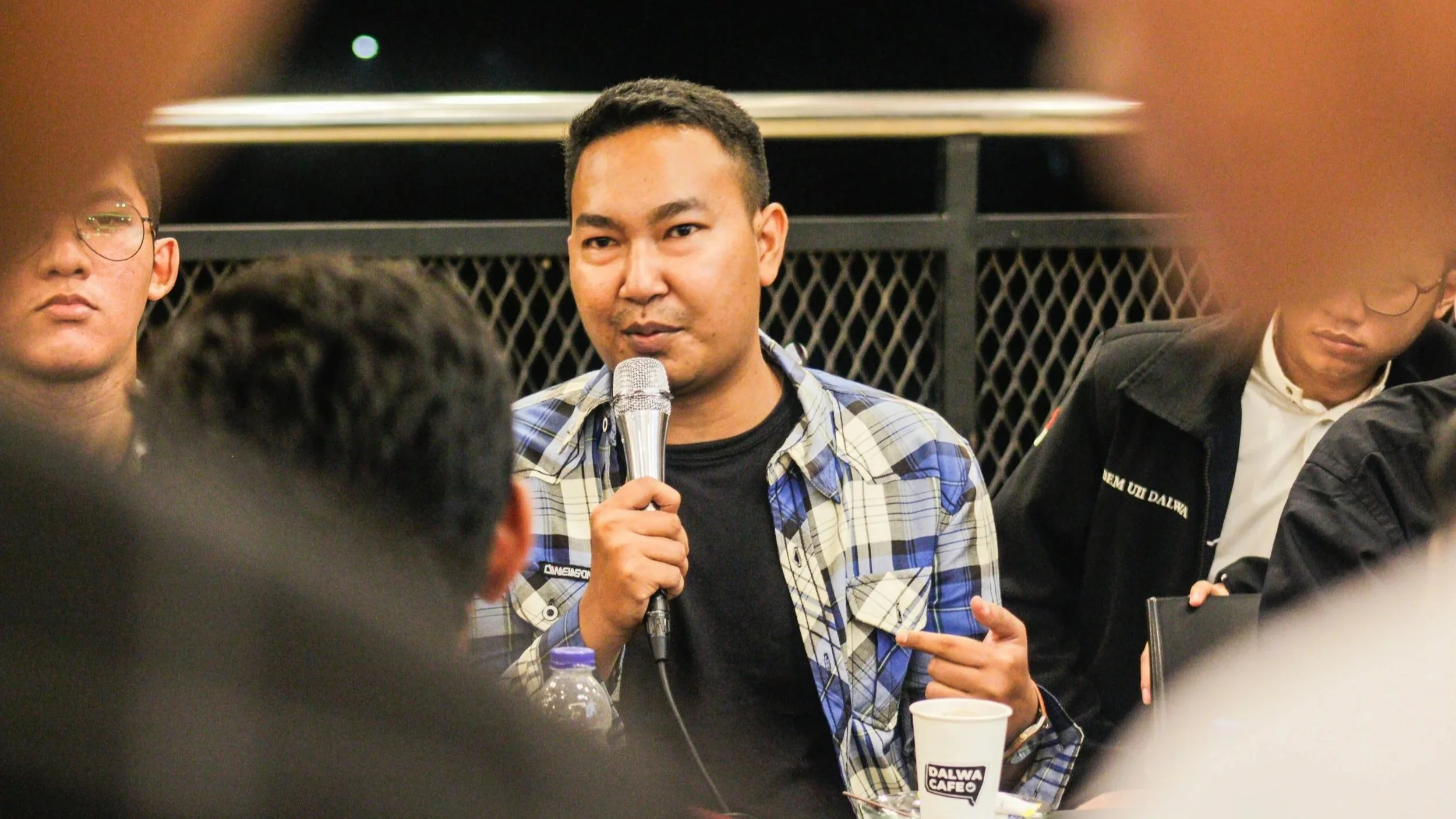Finding the Right Stakeholder for Film Dialogues to Unlock Impact
Imagine hosting a powerful environmental film screening, yet the room is filled with people who have little influence to carry the message forward. The result? Inspiration that fades, and missed opportunities for real change.
Why Stakeholders Matter
In global movements like ocean conservation, success depends not only on powerful films and passionate communities, but also on engaging the right stakeholders. Poor targeting in dialogues can mean that the message doesn’t reach those who can translate awareness into tangible action.
We, at Plastic Oceans, have seen this challenge firsthand through programs screening Earth Ekko and in dialogues with Ghanaian youth. These screenings brought together young voices eager to change their communities, but their impact multiplied only when key decision-makers, from educators to local government officials, were also at the table.
When young people’s energy connected with leaders who could amplify their voices, the dialogue moved from inspiration to implementation. This balance of youth passion and institutional support shows why stakeholder relevance matters.
Identify and Engage
Identifying and engaging the right stakeholders ensures that film activism moves beyond awareness and into real-world programs. It requires asking:
Who has the influence to make change?
Who is directly impacted by the issue?
Who can sustain momentum after the film credits roll?
By addressing these questions, dialogues become spaces where partnerships form, ideas take root, and local action scales.
Poor stakeholder engagement risks
When the right voices are missing, even the most inspiring film dialogues can fall flat. Without the right mix of decision-makers and community leaders, powerful ideas often remain just talk never translated into real action. Some key risks include:
Diluting the conversation: leaving ideas without champions who can take them forward.
Wasting resources: time, funding, and energy invested in dialogues that don’t lead to impact.
Frustrating communities: when no real change follows, leading to disillusionment and reduced participation in future initiatives.
However, when the right stakeholders are present, film dialogues can move beyond inspiration and become catalysts for real change. Some key rewards include:
Stronger community buy-in: with local voices validated and supported by leaders who can act.
Strategic partnerships that scale solutions: connecting schools, NGOs, and governments to take action further.
Tangible outcomes: from new education programs and waste reduction initiatives to policies that directly benefit people and ecosystems.
Conclusion
Film is a powerful tool, but it’s only as effective as the networks it activates. By ensuring that the right voices are present, we create a bridge between awareness and action and help BlueCommunities scale their programs with lasting impact. Join our network.

